Aluminium alloys
The aluminium may be easily alloyed with other elements like copper, magnesium, zinc, manganese, silicon and nickel to improve various properties. The addition of small quantities of alloying elements into other metals helps to converts the soft and weak metal into hard and strong metal, while still retaining its light weight. Various aluminium alloys are
1. Duralumin,
2. Y-alloy,
3. Magnalium and
4. Hindalium
These alloys are discussed as below:
Duralumin
It is an important wrought alloy. Its composition contains following chemical contents.
Copper = 3.5-4.5%
Manganese = 0.4-0.7%
Magnesium = 0.4-0.7%
Aluminium = 94%
Properties
Duralumin can be very easily forged, casted and worked because it possesses low melting point. It has high tensile strength, comparable with mild steel combined with the characteristics lightness of Al. It however possesses low corrosion resistance and high electrical conductivity.
This alloy possesses higher strength after heat treatment and age hardening. After working, if this alloy is age hardened for 3 or 4 days. This phenomenon is known as age hardening. It hardens spontaneously when exposed to room temperature. This alloy is soft enough for a workable period after it has been quenched. It is light in weight as compared to its strength in comparison to other metals. It can be easily hot worked at a temperature of 500°C. However after forging and annealing, it can also be cold worked.
Applications
Duralumin is used in the wrought conditions for forging, stamping, bars, sheets, tubes, bolts, and rivets. Due to its higher strength and lighter weight, this alloy is widely used in automobile and aircraft components. To improve the strength of duralumin sheet, a thin film of Al is rolled along with this sheet. Such combined sheets are widely used in air-craft industries. It is also employed in surgical and orthopedic work, non-magnetic work and measuring instrument parts constructing work.
Y -alloy
Y-Alloy is also called copper-aluminium alloy. The addition of copper to pure aluminium increases its strength and machinability. Its composition contains following chemical contents.
Copper = 3.5-4.5%
Manganese = 1.2-1.7%
Nickel = 1.8-2.3%
Silicon, magnesium, iron = 0.6% each
Aluminium = 92.5%.
Properties
The addition of copper in aluminium increases its strength and machinability. Y-alloy can be easily cast and hot worked. Like duralumin, this alloy is heat treated and age hardened. The age-hardening process of Y-alloy is carried out at room temperature for about five days.
Applications
Y-Alloy is mainly used for cast purposes, but it can also be used for forged components like duralumin. Since Y -alloy has better strength than duralumin at high temperatures, therefore it is much used in aircraft engines for cylinder heads, pistons, cylinder heads, crank cases of internal combustion engines die casting, pump rods etc.
Magnalium
Magnalium is an alloy of aluminium, magnesium, copper, nickel and tin etc. It contains
Al = 85 to 95%,
Cu = 0 to 25%,
Mg = 1 to 5%,
Ni = 0 to 1.2%,
Sn = 0 to 3%,
Fe = 0 to 0.9%,
Mn = 0 to 0.03%,
Si = 0.2 to 0.6%.
It is made by melting the aluminium with 2-10% magnesium in a vacuum and then cooling it in a vacuum or under a pressure of 100 to 200 atmospheres.
Properties
Magnalium is light in weight and brittle. This alloy possesses poor castability and good machinability. It can be easily welded.
Applications
Due to its light weight and good mechanical properties, it is mainly used for making aircraft and automobile components.
Hindalium
Hindalium is a common trade name of aluminium alloy. It is an alloy of aluminium, magnesium, manganese, chromium and silicon etc. In India, it is produced by Hindustan Aluminium Corporation Ltd., Renukoot (U.P.). Hindalium is commonly produced as a rolled product in 16 gauges. Utensils manufactured by this alloys are strong and hard, easily cleaned, low cost than stainless steels, having fine finish, having good scratch resistance, do not absorb much heat etc.
Applications
Hindalium is mainly used for manufacturing anodized utensil. Utensils manufactured by this alloys are strong and hard, easily cleaned, low cost than stainless steels, having fine finish, having good scratch resistance, do not absorb much heat etc.
Reference Introduction to basic Manufacturing Processes and Workshop Technology by Rajender Singh.
For engineering project visit this page regularly for know more things related project ideas. Click here to see Ideas of Projects. Engineers Gallery. All the Best!
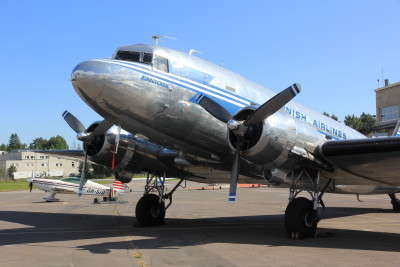
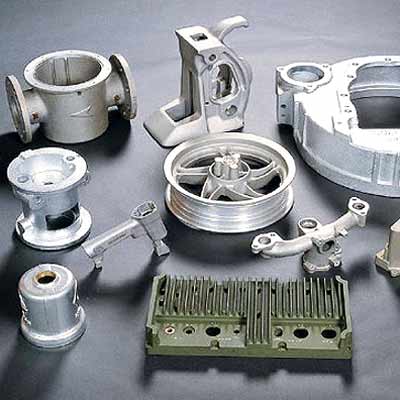
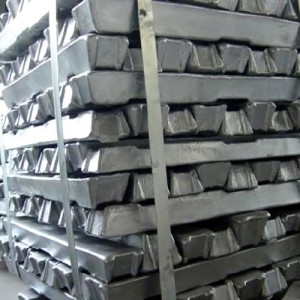
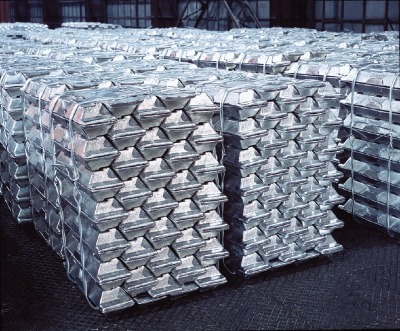
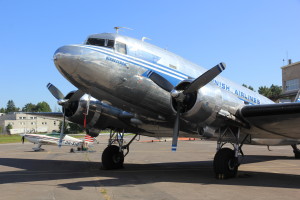











Post Comment
You must be logged in to post a comment.